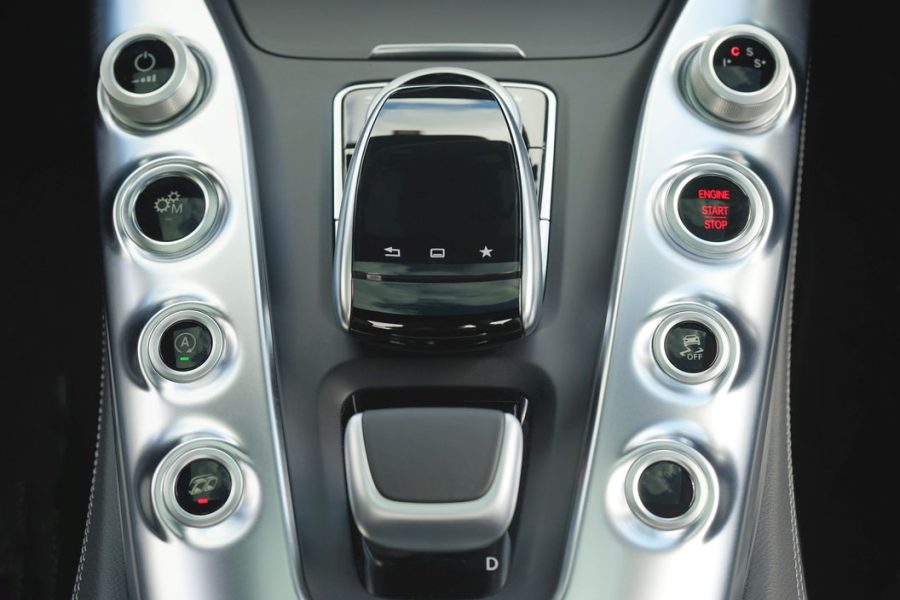New Safety Technology Appears to Reduce Number of Car Crashes
Smart automotive technology is not only in the near future, but right here, right now. It’s been around long enough that researchers can study its effects on traffic safety. While companies like Tesla and Uber have been racing toward self-driving capability, it turns out that slightly older technology has been quietly saving people’s lives. It’s […]

October 20, 2017

Smart automotive technology is not only in the near future, but right here, right now. It’s been around long enough that researchers can study its effects on traffic safety. While companies like Tesla and Uber have been racing toward self-driving capability, it turns out that slightly older technology has been quietly saving people’s lives.
It’s the kind of technology you hardly notice anymore: a nudge back into your lane, an extra eye on your blind spots, a quick brake to prevent a fender-bender. But this extra technology is making a big difference in preventing car accidents, according to two studies released this August.
What Does the Data Say?

One study focused on the ability of drivers to stay in their lane. Researchers looked at police crash data from 2009 to 2015 in 25 states. The data focused on vehicles in which smart technology was optional.
According to their findings, researchers discovered that lane-keeping technology lowered car accidents with no injuries by 11 percent. That includes single vehicle accidents, sideswipes, and head-on collisions ranging from mild to severe. Crashes that resulted in injuries were reduced by 21 percent.
It was more difficult to determine how the technology affected fatal car accidents. Only 40 fatal car crashes were included in the data set. Researchers didn’t control for other factors that may have contributed to the fatal crash such as age or insurance risk. They ended up with a number that’s probably higher than it should be, but still impressive: smart automotive technology reduced fatal crashes by 86 percent.
The number may be high, but researchers aren’t certain by how much. After all, 25 percent of all traffic fatalities involve one vehicle drifting into the lane of another. If failure to keep your lane can be so deadly, surely lane-keeping technology would have a drastic effect on reducing fatal crashes. Researchers estimated that if all cars had been equipped with lane-keeping technology in 2015, 85,000 police-reported car accidents would have been prevented.
The second study focused on technology that detects cars in a person’s blind spots. Usually, this is signified by warning lights in the car’s side mirrors. With this technology, lane-change crashes with no injuries were reduced by 14 percent. Lane-change crashes with injuries were reduced by 23 percent. Researchers found that if all cars had been equipped with such technology in 2015, around 50,000 police-reported car accidents would have been prevented.
Tracking the Change in Driver Behavior

Unfortunately, predicting how effective automotive technology would be if it were universal isn’t so easy. Human behavior must be taken into account.
AgeLab, a research program out of the Massachusetts Institute of Technology (MIT), discovered that drivers using technology that scans for parking spots and automatically parks their car didn’t keep their eyes on the road. Instead, their eyes were glued to their dashboard displays. This was true even with drivers who had to steer their car while it was searching for a spot.
Research suggests that as automotive technology gets smarter, drivers are more likely to let their guard down and depend on the technology to keep them safe. Drivers have self-reported that when they drive a car that monitors blind spots for them, they’re less likely to look behind them as they change lanes.
Another study in June found that half the time, drivers turn off their lane-keeping technology because the beeping and buzzing annoys them. In response, automakers are changing the technology to instead cause the driver’s seat or steering wheel to vibrate to make the warning system less obnoxious.
Help from an Indiana Car Accident Attorney
Although technology has come a long way, we’re still far from cars being completely driverless. Until that day comes, drivers will continue to make mistakes that injure one another or may cost another person their life. After all, 94 percent of all serious motor vehicle crashes in the United States are due to human error, according to the National Highway Traffic Safety Administration (NHTSA).
If you’ve been injured in a car accident, an Indiana car accident lawyer can help. Call Hensley Legal Group today or contact us online for a free consultation.